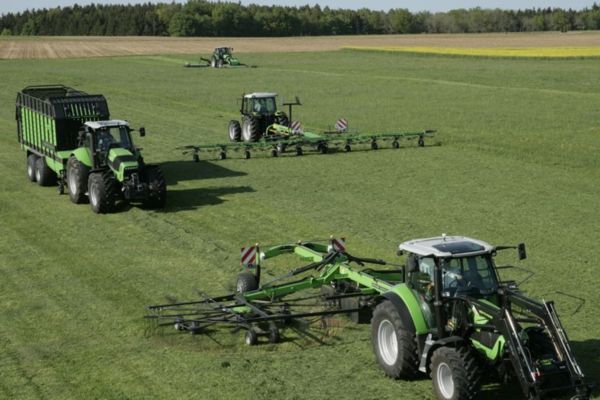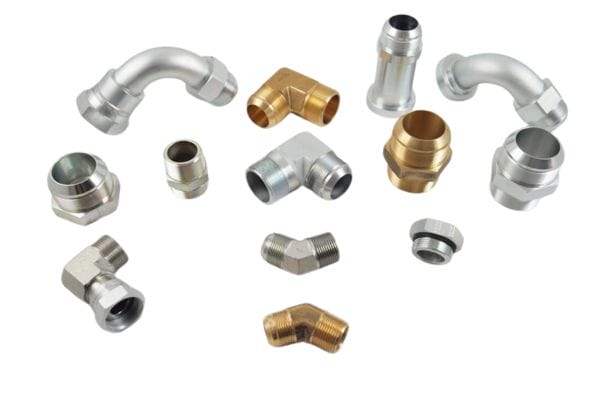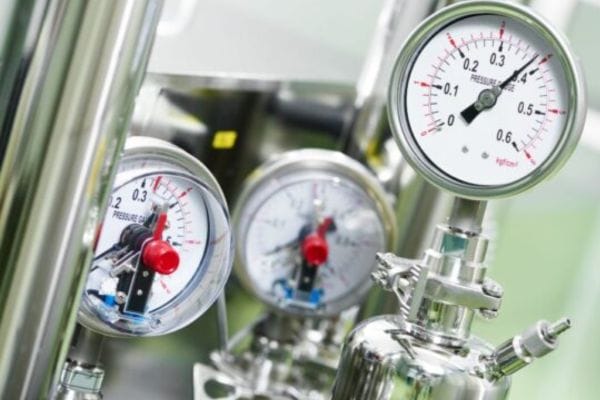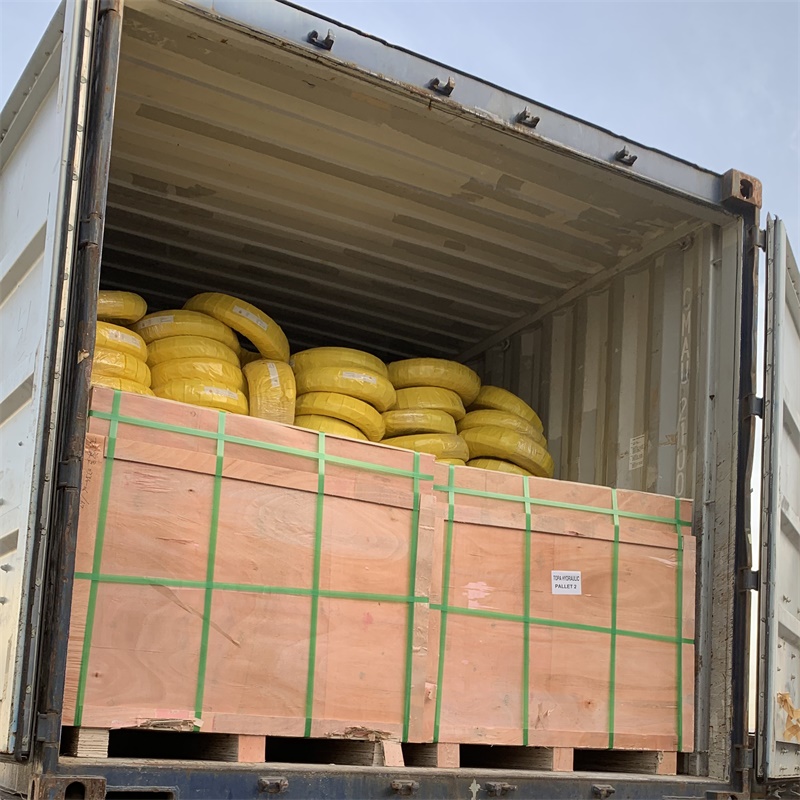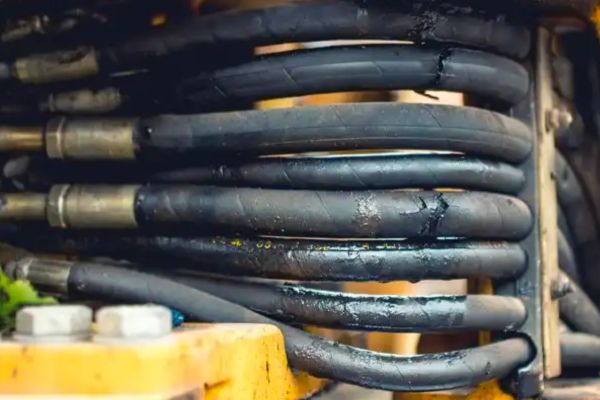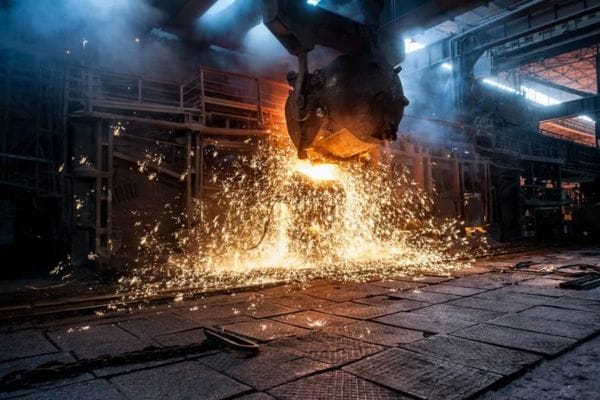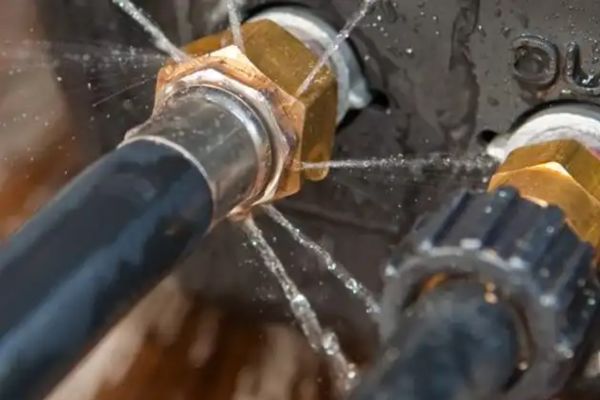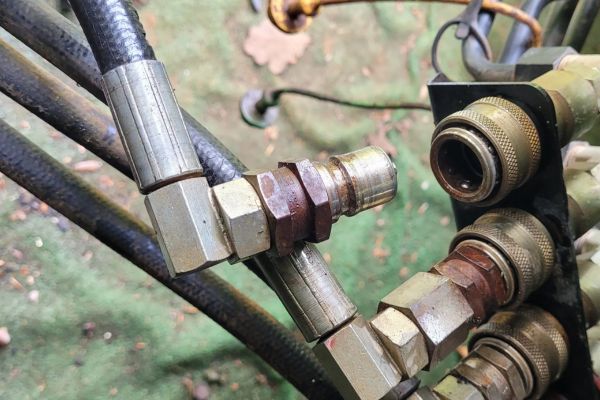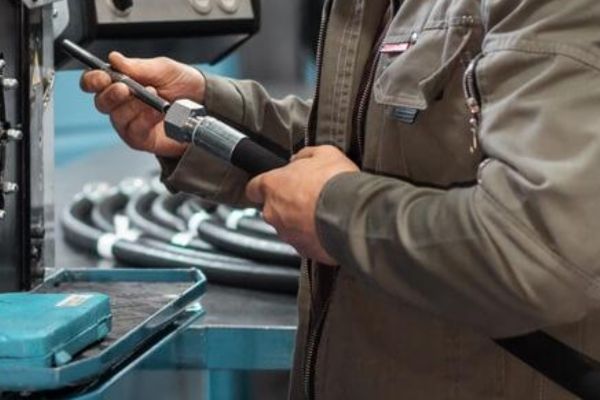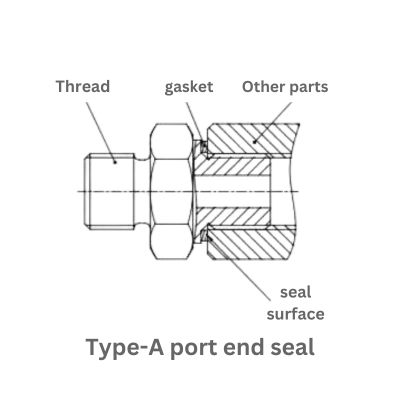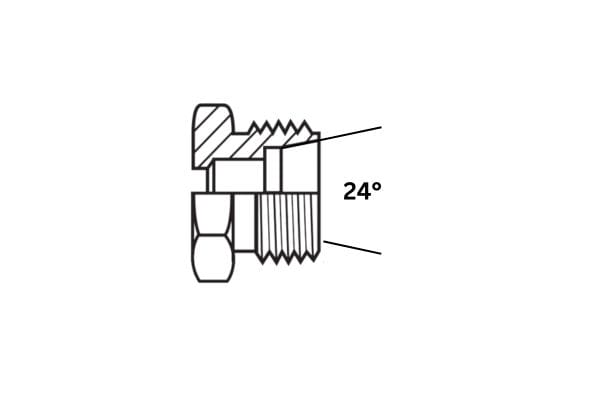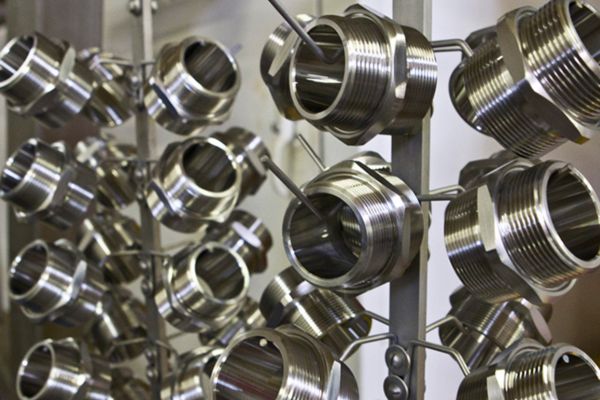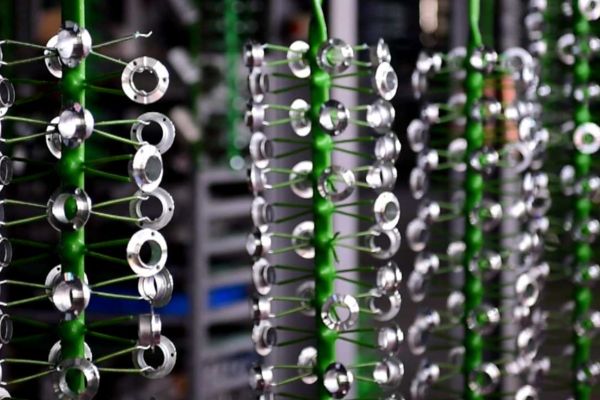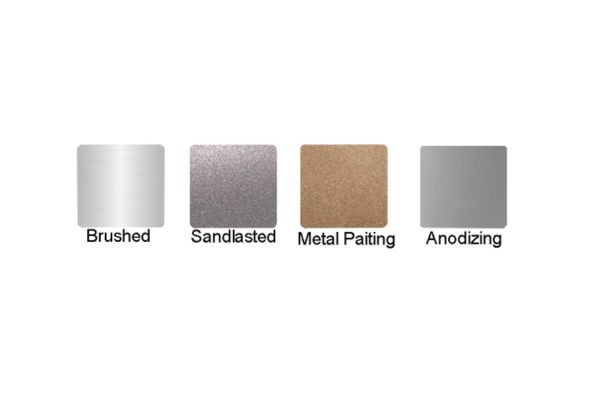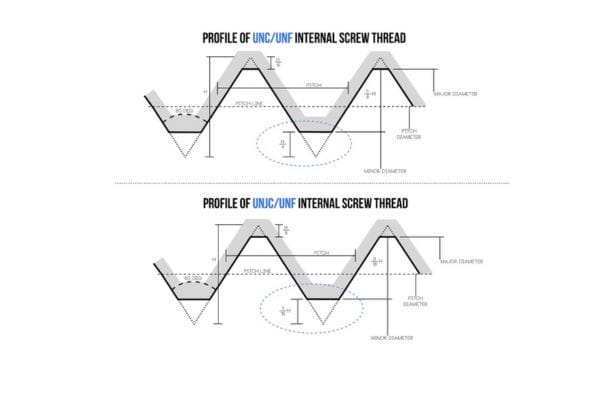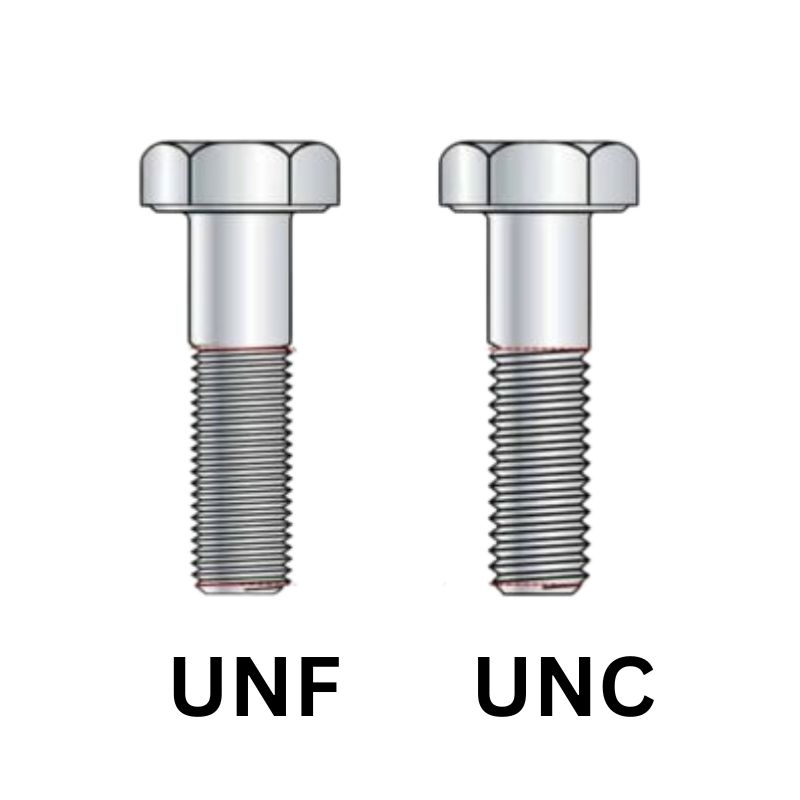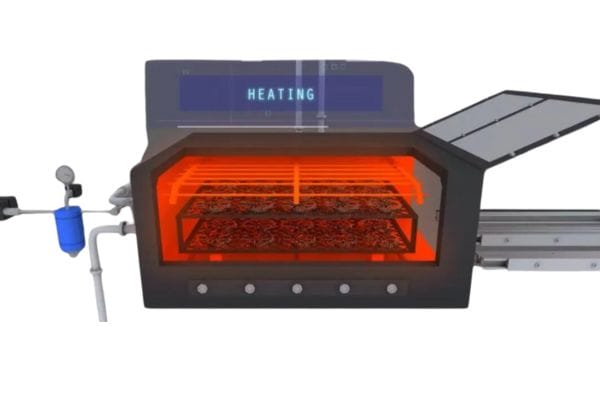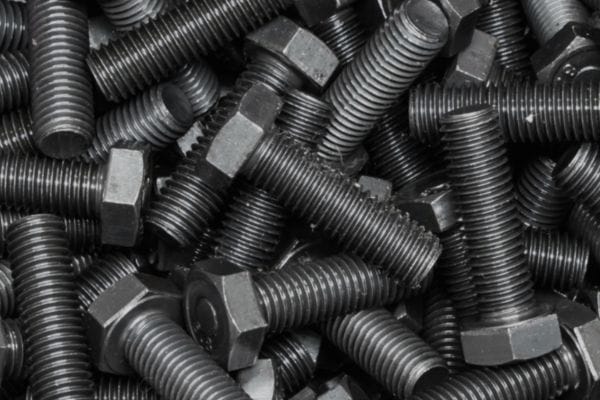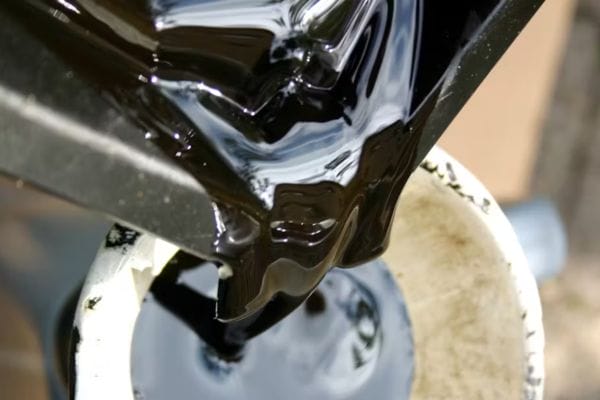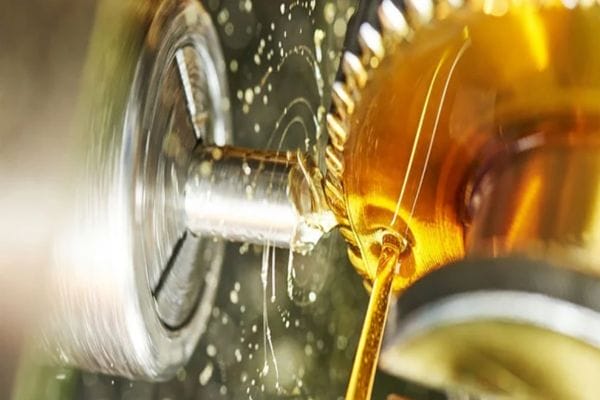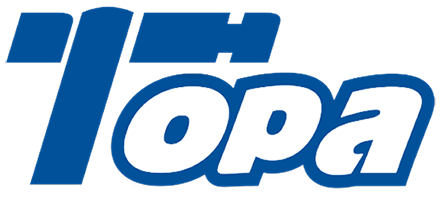Hydraulic system design isn’t just about connecting pipes and hoping for the best—it’s a delicate balance of pressure, precision, and proper planning. One overlooked detail, like using the wrong thread or routing a pipe at the wrong angle, can lead to serious problems: leaks, pressure loss, system failures, or even workplace accidents. And here’s the kicker—most of these mistakes are 100% preventable. That’s why in this article, we’re diving deep into the “taboos” of hydraulic system design. These are the things that don’t always make it into the manuals but can make or break your entire setup. If you’re designing, installing, or troubleshooting hydraulic systems, these are the details you can’t afford to ignore.
Using the Wrong Threads: The Silent System Killer
Threaded connections might look simple on the surface, but choosing the wrong type can quietly sabotage your entire hydraulic system. And here’s the scary part—it often doesn’t fail immediately. A poor thread match might hold for days or even weeks before pressure fluctuations or vibrations expose the weak link. By the time you notice a leak, you could be dealing with serious downtime, costly repairs, or even a complete system breakdown.
NPT vs BSP vs Metric Threads: What’s Compatible and What’s Not
Let’s break it down. NPT (National Pipe Taper), BSP (British Standard Pipe), and Metric threads are not interchangeable. Their thread angles, pitch, and sealing methods are completely different. For example, NPT threads seal through a wedging action as the threads tighten, while BSPP (a subtype of BSP) often relies on a bonded seal like an O-ring. Metric threads? They add a whole new layer of variation with fine and coarse pitches.
Mixing them—even just once—can result in threads not fully seating, cross-threading, or worse, a connection that seems tight but slowly leaks under pressure. If your system uses components from multiple suppliers or countries, the risk of mixing thread standards goes up. One mismatched thread in a high-pressure environment is like a ticking time bomb.
Why Improper Thread Types Lead to Leaks and Failures
When thread types don’t match, several things can go wrong. You might experience micro-leaks that reduce system pressure over time. Or, under load, the mismatched threads could deform—permanently damaging the fitting and the port it connects to. In high-pressure applications, this can escalate into a catastrophic failure.
Even worse, because the threads look like they fit, technicians might unknowingly force them together using extra torque, further damaging both the male and female sides of the connection. The result? Damaged parts, safety hazards, and unplanned maintenance costs. A simple thread mix-up can mean thousands of dollars lost and a massive headache for everyone involved.
Thread Compatibility Checks Before Installation
Prevention is easier (and cheaper) than fixing a failure. Always check thread compatibility before assembling any hydraulic component. Use a thread gauge or go-to identification guide to verify whether you’re dealing with NPT, BSP, or Metric.
Even better? Standardize your thread types across your system whenever possible. Label components clearly, keep a reference chart in your workshop, and educate your team on the risks of mixing threads. When in doubt, don’t guess—double-check the spec sheet or consult with the manufacturer. It might add five minutes to your install time, but it could save you days of downtime later.
Ignoring Pressure Ratings: A Dangerous Oversight
Pressure ratings aren’t just numbers on a spec sheet—they’re the line between a system that runs smoothly and one that could blow out under stress. Yet, pressure mismatches remain one of the most common—and dangerous—mistakes in hydraulic system design. Whether it’s an underrated fitting or a misused hose, ignoring these limits can compromise your entire operation.

Understanding Pressure Rating Mismatch in Fittings and Components
Every hydraulic component—fittings, hoses, valves, even the oil block—has a maximum rated pressure it’s designed to handle. This pressure rating is determined through rigorous testing, and exceeding it can cause deformation, leaks, or sudden failure.
The problem is, in real-world builds, people often mix components with different pressure ratings. Maybe it’s because of availability, budget, or simple oversight. You might install a hose rated for 2,000 PSI in a system that spikes at 3,000 PSI during peak operation. At first, everything seems fine… until one day, it’s not.
These mismatches can create weak points in the system—spots where pressure builds up and exceeds what that part can tolerate. That’s when failures occur, and often without warning.
What Happens When Components Can’t Handle Your System Pressure
The consequences of mismatched pressure ratings vary, but they’re never good. Here’s what can go wrong:
- Hose bursts: Under too much pressure, the internal structure of a hose can give out, leading to violent ruptures and high-speed fluid spray—a serious safety hazard.
- Fitting blowouts: A hydraulic fitting rated below system pressure might crack or eject completely, especially if paired with vibration or pressure spikes.
- Creep and fatigue: Even if failure isn’t immediate, operating components beyond their limits causes material fatigue over time, shortening their lifespan and increasing maintenance frequency.
It’s not just about protecting the component—it’s about protecting everything downstream from the failure.
Selecting Fittings and Hoses Based on Real-World Working Pressure
Here’s the thing: your system’s “working pressure” isn’t always consistent. There are pressure spikes, surges, and load fluctuations you need to account for. That’s why selecting components based on peak pressure, not just nominal operating pressure, is so important.
Use these simple tips:
- Check specs carefully: Don’t just glance at the label. Look for burst pressure, maximum working pressure, and temperature rating—all play a role.
- Include a safety margin: Industry best practices recommend a safety factor of at least 1.5x the maximum working pressure.
- Standardize pressure zones: Where possible, use components with equal or higher ratings than the highest pressure in the circuit.
- Never mix low- and high-pressure components in the same flow path.
It’s tempting to save money by using cheaper or leftover parts—but when it comes to pressure, cutting corners costs much more in the long run.
Pipe Routing Chaos: Common Layout Mistakes
You could select all the right fittings and hoses—but if your routing is a mess, the whole system is at risk. Improper pipe routing is one of the sneakiest hydraulic system design mistakes because the issues don’t always appear right away. But over time, poor layout leads to excessive wear, vibration, joint stress, and eventually… system failure.
Let’s talk about what not to do—and how to fix it.
How Poor Routing Increases Wear, Vibration, and Failure
When hydraulic lines are routed too tightly, cross over each other, or take sharp angles, several things happen:
- Vibration increases, especially at connection points, which can loosen fittings and damage seals.
- Hoses rub against nearby components or other hoses, leading to outer jacket wear and premature failure.
- Thermal expansion causes pipes to flex in unintended ways, putting stress on joints.
- Access for maintenance becomes a nightmare, increasing repair time and the chance of accidental damage.
Over time, these small issues compound, and before you know it, you’ve got a system with multiple failure points just waiting for the right pressure spike or temperature swing.

Best Practices to Reduce Pipe Stress and Routing Issues
Here are simple but effective layout habits that dramatically improve system life and reliability:
- Follow natural flow paths: Route hoses and pipes to match how fluid would naturally flow, minimizing sharp turns or unnecessary length.
- Avoid tight bends and sharp angles: Use gentle curves and allow enough space for movement and expansion.
- Secure with proper clamps and guides: Prevent hoses from swinging or rubbing by using well-placed, vibration-dampening supports.
- Keep hoses away from heat sources and moving parts like motors, belts, or linkages.
- Label lines clearly to reduce errors during maintenance or future upgrades.
Good routing isn’t just about organization—it’s about performance, safety, and saving costs down the road.
Tube Bending Radius and Its Overlooked Importance
This one’s easy to ignore but has a huge impact: bending a tube too tightly weakens its structure. Every pipe and hose has a minimum bend radius specified by the manufacturer. Exceeding this causes:
- Flattening of the inner curve, which restricts fluid flow and increases pressure drop.
- Cracking or thinning of the outer curve, especially in steel tubes, reducing durability.
- Stress concentration at connectors, which increases the chance of failure.
A good rule of thumb: never bend a pipe tighter than its rated radius, and if you’re cold-bending steel tubes, always check wall thinning doesn’t exceed 15%.
Forgetting About Cleanliness: Contamination is a Killer
Here’s a harsh truth: most hydraulic failures are caused by contamination—not component defects. And yet, pipe and system cleanliness is often treated like an afterthought. Dust, metal shavings, rust, or even leftover oil from manufacturing can quietly enter the system and wreak havoc on valves, seals, and pumps.
The worst part? You usually don’t see the damage coming until it’s too late.

Pipe Cleanliness Standards You Should Never Skip
Before any hydraulic pipe or tube goes into service, it must be properly cleaned. Not “kind of clean.” Surgically clean. Here’s what proper pipe preparation looks like:
- Acid pickling: For carbon steel pipes (especially non-galvanized ones), acid cleaning removes oxides, rust, and manufacturing residue.
- Neutralization and rinsing: After acid treatment, a neutralizing agent is applied to prevent chemical corrosion.
- Blow-drying and sealing: Pipes are dried thoroughly using compressed air and then sealed to keep out dust until installation.
- Rust prevention: Anti-corrosion treatment or oil is applied to exposed surfaces if pipes are stored before use.
Skipping any of these steps increases the risk of contaminants entering the system during start-up—and they don’t just “pass through.” They circulate and gradually grind down every moving part they touch.
How Dirty Pipes Damage Components and Reduce System Life
Even microscopic particles in your hydraulic fluid can:
- Score valve surfaces, leading to leaks and erratic behavior
- Block small flow paths, especially in proportional valves or precision orifices
- Accelerate pump and motor wear, especially in high-speed systems
- Cause seal swelling, hardening, or rupture, leading to internal bypassing and system inefficiency
It’s not just about one faulty component—it becomes a system-wide issue. Contaminated oil turns your entire system into a slow-moving disaster.
Cleaning and Protecting Steel Tubes Before Assembly
You don’t need a clean room to maintain high standards. Here’s what you can do:
- Flush all tubes and hoses with solvent or high-pressure air before installation.
- Cap all open ends with plastic plugs—not tape—immediately after cleaning.
- Avoid dragging hoses or pipes across dusty floors or storing them outdoors unsealed.
Cleanliness might not be the flashiest part of hydraulic design, but it’s one of the most important. A few minutes of extra care upfront can save thousands of dollars and hours of repair work later on.
Flange Connections: When Threads Just Aren’t Enough
Threads are great—until they’re not. In many hydraulic systems, especially those dealing with high pressure, heavy flow, or extreme vibration, threaded connections just can’t hold up. That’s where flange connections come into play. They’re not just stronger—they’re safer, easier to maintain, and better suited for the tough conditions industrial hydraulics often face.
If you’ve ever had a threaded connection shake loose or leak under high stress, it’s probably time to give flanges the attention they deserve.
When to Use Flanges Over Threaded Connections
So, how do you know when to switch from threads to flanges? Here are some clear indicators:
- Large pipe sizes (≥ 40mm/1.5″): Threads become difficult to tighten uniformly and seal reliably on bigger diameters. Flanges provide a flat, secure interface that distributes load more evenly.
- High-pressure systems: At elevated pressures, threaded joints are more prone to fatigue and leakage, while flanges maintain consistent sealing.
- Heavy vibration or movement: Flanges are mechanically stronger and can be bolted down in a way that resists loosening, even under shock loads or repetitive motion.
- Frequent disassembly: If the line needs to be serviced often, flanges allow for easy bolt removal without thread wear or damage.
- Precision alignment required: Flanges offer more consistent, aligned connections—especially in rigid piping setups.
Threads are great for flexibility and lower-pressure applications, but for heavy-duty or mission-critical systems, flanges are the better long-term investment.
Flange Connection Standards You Need to Follow
Just like threads, flanges come with their own standards—and yes, they matter. Mixing incompatible flange types or failing to meet the right spec can create major sealing and safety issues.
Here are a few key ones to know:
- SAE J518 (Split Flange): Common in mobile and industrial hydraulic systems, especially for high pressure.
- ISO 6162: Matches SAE J518 but aligns with international use. Divided into two types: 3000 PSI and 6000 PSI.
- DIN 2353 and ISO 8434-1: Often used in European systems.
- ANSI/ASME Flanges: More common in general piping, but still used in some hydraulic applications.
- O-ring face or flat face flanges: Know the sealing method you’re dealing with, and pair it with compatible surfaces.
Always check your pressure class, bolt torque values, and gasket/O-ring compatibility before installation. It’s not just about connecting metal—it’s about making a pressure-tight, vibration-resistant, and safe seal.
Why Large Diameter or Vibrating Systems Require Flanges
Imagine running a 50mm hydraulic pipe at 250 bar (3,600 psi) in a system that vibrates constantly—like in heavy mining or offshore equipment. Threads in this scenario? They’re a weak point waiting to fail.
Flanges excel here for several reasons:
- They distribute stress over a large surface, reducing the risk of thread stripping or localized failure.
- They’re less likely to loosen under vibration, especially when torqued correctly.
- They support higher flow rates thanks to smoother, more open pathways, reducing turbulence and pressure drop.
- They’re easier to maintain—just unbolt and inspect, no special tools required.
If your system has serious flow or movement, flanges aren’t just a nice option—they’re essential.
Forgetting the “Basics”: Schematic and Porting Errors
It’s often the small stuff that trips people up. You can have the most advanced components and perfectly rated fittings, but if your hydraulic schematic is unclear, or your ports are misidentified, you’re setting the entire system—and your technicians—up for failure. These “basic” details are the foundation of good hydraulic design, and overlooking them can lead to installation delays, miswiring, system damage, and even safety hazards.
Let’s break down why these often-skipped steps matter more than you think.
Common Hydraulic Schematic Errors That Confuse Technicians
Hydraulic schematics are like the GPS of your system. If the map is wrong, the technician is lost.
Here are some of the most common mistakes:
- Missing or inconsistent symbols: If the symbol for a valve or pump isn’t standardized or labeled clearly, techs may interpret the system incorrectly.
- Flow directions not indicated: This leaves guesswork about how the system should operate—especially dangerous in circuits with multiple valves or actuators.
- Incorrect component positioning: Placing return lines above pressure lines or omitting drain connections can confuse or mislead installers.
- No reference to actual port names or physical locations: A schematic might show a “T” (tank) port, but if it doesn’t correspond with the real part on the block, errors happen.
Clear, standardized schematics save time, reduce mistakes, and improve system maintainability. Sloppy diagrams do the opposite.
Improper Port Location and Marking Issues
Let’s talk about port placement. You’d be surprised how often systems are built with ports in the wrong place, or worse—not marked at all.
Common problems include:
- Ports placed too close together, making it hard to attach hoses or fittings without interference
- Inconvenient port orientation, such as downward-facing ports in tight spaces, making installation a nightmare
- Unlabeled ports, forcing technicians to guess (or test under pressure) where to connect lines
- Incorrect use of directional markings, leading to reversed flow paths or component damage
The fix? Design your ports with real-world usage in mind. Leave enough space for wrenches and human hands. And always, always mark ports clearly with engraved or printed identifiers.
Missing Identifiers That Lead to Costly Installation Errors
This one’s easy to prevent but happens all the time.
Imagine a technician installing hoses on-site and finding no labeling on the oil block. Now they have to either trace every hose back manually, or guess. In worst-case scenarios, ports get connected backward—causing immediate malfunctions, blown seals, or even safety shutdowns.
Best practices include:
- Clear, permanent port labels placed at least 6mm from the edge of the hole
- Use of standard abbreviations like P (pressure), T (tank), A/B (actuators)
- Color-coding or line tracing where possible for added clarity
- System documentation that matches the real-world block layout—don’t rely on “mental mapping”
In short, the time you spend labeling and mapping pays off many times over in fewer mistakes, smoother installations, and faster troubleshooting.
Misalignment and Vibration: The Long-Term Killers
Hydraulic systems don’t always fail because of a single dramatic mistake. Often, it’s the slow, silent killers—like misalignment and vibration—that wear down your components over time. You won’t see the damage immediately. But give it a few weeks or months, and you’ll start noticing leaks, fatigue cracks, and unpredictable failures that seem to come out of nowhere.
The truth? If your components aren’t aligned or mounted properly, your system’s lifespan is already ticking down.
The Impact of Poor Hydraulic Components Alignment
Misalignment happens when hoses, pipes, valves, or pumps are installed at angles or positions that strain the connections—even when they’re just sitting idle.
Here’s what can go wrong:
- Stretched or bent hoses put continuous tension on the fittings, increasing the risk of leaks.
- Skewed valves or blocks cause uneven stress at threaded connections, which can deform ports or misguide fluid flow.
- Rotational misalignment between pumps and motors can create axial stress, damaging couplings and shafts.
Even minor misalignment, if sustained under pressure, leads to performance loss, shortened component life, and more frequent maintenance cycles.
How Vibration Leads to Fatigue Cracks and Hose Failure
Vibration is like the slow drip of hydraulic doom.
It may come from nearby engines, heavy equipment, or even internal system dynamics—but if it’s constant, it’s destructive.
Here’s how it chips away at your system:
- Threaded fittings gradually loosen with micro-movements, leading to leaks or total disconnection.
- Hoses rub against adjacent parts, causing abrasion on the outer jacket and eventual rupture.
- Metal tubes exposed to repeated vibration can develop fatigue cracks, especially near bends or welds.
- Seals and gaskets suffer from high-frequency pulsation, degrading their integrity long before their rated lifespan.
The result? Downtime, oil spray hazards, and a maintenance bill no one saw coming.
Mounting Techniques to Reduce Long-Term Wear
Good mounting is like insurance for your hydraulic components. It reduces stress, absorbs shock, and gives your system a fighting chance against the wear and tear of real-world operation.
Here are some practical tips:
- Use rubber isolation mounts for pumps, motors, and valve blocks to dampen vibration.
- Secure hoses with clamps at regular intervals to prevent swinging or rubbing. Avoid overtightening clamps, as they can crush the hose.
- Install swivel joints or flexible connections in areas with movement to prevent torque stress on hoses or pipes.
- Allow slack in hoses to accommodate thermal expansion, vibration, or machine movement. A straight, tight hose is a failure waiting to happen.
- Check alignment with feeler gauges or laser tools for critical connections like pump-motor couplings.
Proactive mounting and alignment might not look flashy, but it’s what separates short-lived systems from long-lasting, high-performance setups.
Conclusion
Designing a hydraulic system isn’t just about making things move—it’s about making them move safely, reliably, and efficiently over the long haul. As we’ve seen, small oversights like thread mismatches, poor pipe routing, ignoring pressure ratings, or sloppy schematic details can lead to big-time failures. But the good news? Every one of these “taboos” is avoidable with the right mindset and attention to detail. Designing like a pro means thinking beyond basic functionality. It means planning for vibration, accounting for pressure surges, prioritizing cleanliness, and always asking: Will this still perform perfectly a year from now? So take your time, double-check everything, and treat every fitting, diagram, and bolt like it matters—because in hydraulic systems, it absolutely does.
FAQ
What’s the most common cause of hydraulic system failure?
Contamination is one of the top causes, often due to poor pipe cleanliness or unfiltered fluid.
Can I mix NPT and BSP threads in the same system?
No—these threads are not compatible and mixing them can lead to leaks or stripped connections.
How do I know if a hose bend is too tight?
Always follow the manufacturer’s minimum bend radius. If it looks kinked or flattened, it’s too tight.
When should I use a flange instead of a threaded connection?
Use flanges for large diameters (≥40mm), high pressure, or systems exposed to strong vibration.
Do I need to pressure test my system after installation?
Yes—testing at 1.5x the working pressure is standard practice to ensure there are no leaks or weak points.
How should hydraulic ports be marked?
Each port should be clearly labeled (e.g. P, T, A, B) near the opening, at least 6mm from the edge, and must match the schematic.






